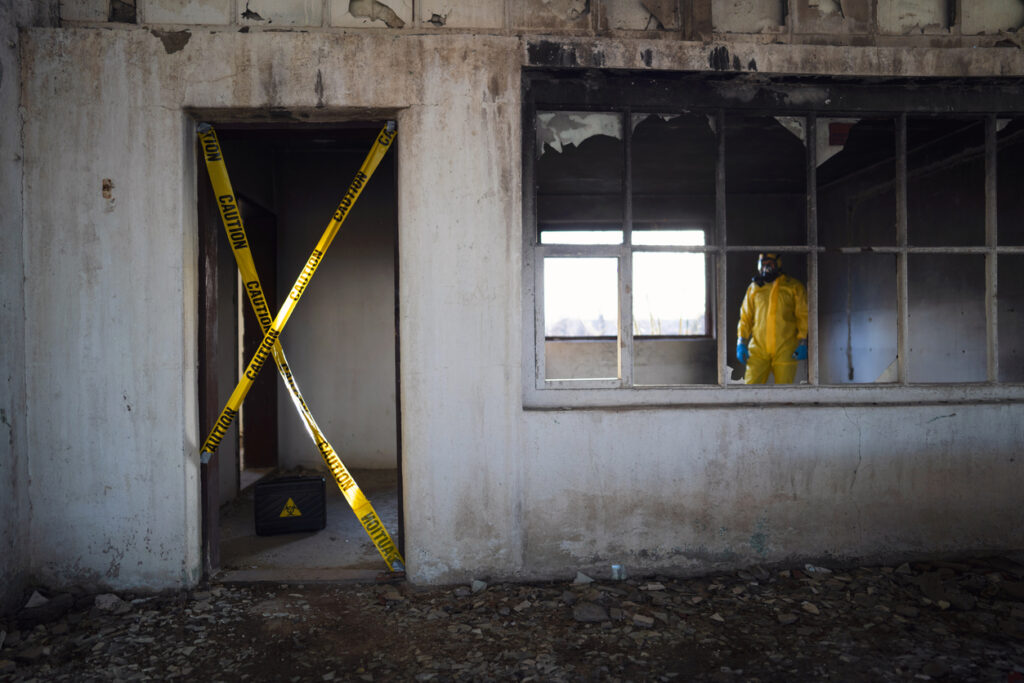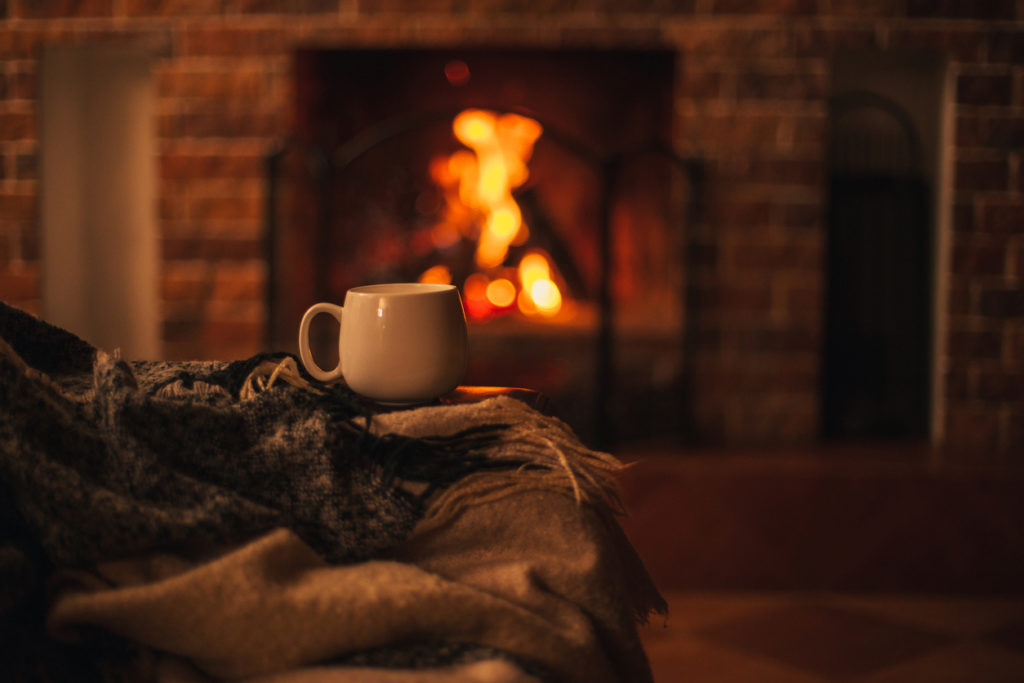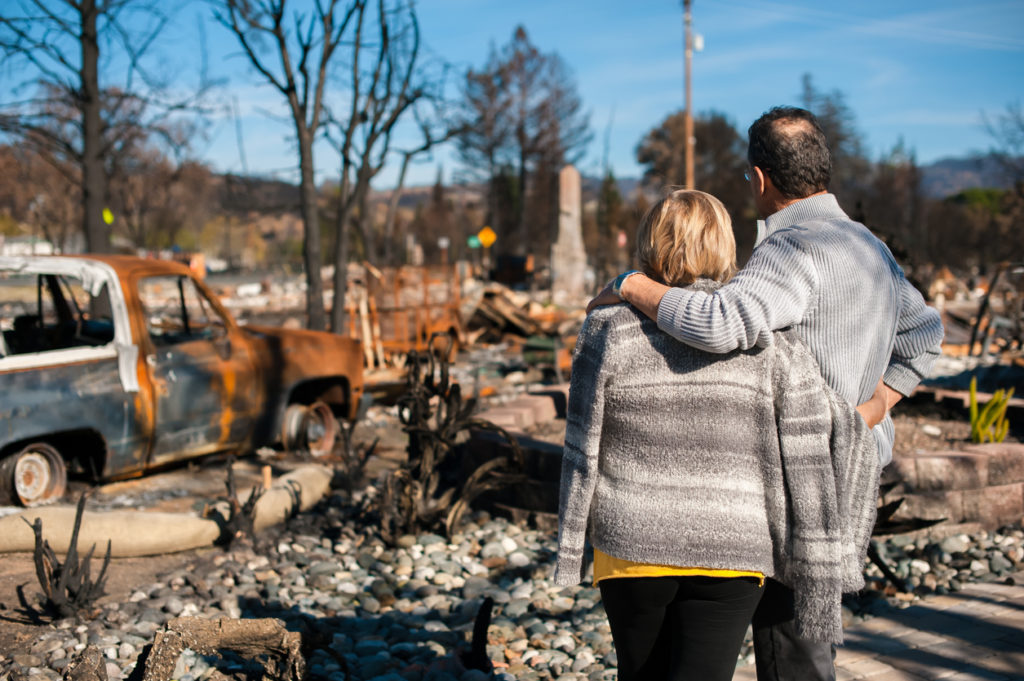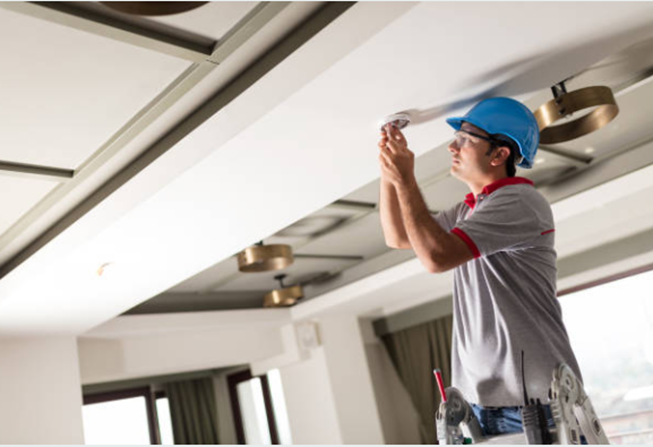Home Disaster Guide – What to Do When an Emergency Strikes

When disaster strikes, don’t panic! Use our home disaster guide as a checklist for what needs to be done next.
Fire Restoration: Cleaning Up after a Fire

Fire restoration cleaning has many more steps and best practices than most people would imagine. Here’s an overview of the process. Fire restoration cleaning is a comprehensive process that involves several critical steps. It’s more than just cleaning up ash and soot; it’s about restoring your property to its pre-fire condition. Here’s a detailed overview […]
Ask a Restoration Specialist: Our Best Winter Fire Safety Tips

Heating and holiday decorations can inadvertently increase your risk of a home fire. Our winter fire safety tips can help keep your loved ones safe.
Ask a Fire Restoration Specialist: What Should I Do After a House Fire?

House fires are devastating, and restoring your house may seem daunting. Follow our guide on what to do after a house fire. After the trauma of a house fire, thinking about next steps can be overwhelming. Still, once the fire department leaves, it’s important to know what to do. Here are some guidelines to help […]
Fire Restoration: What to Do After a Kitchen Fire

After a kitchen fire is contained and everyone is safe, use these tips to start your fire restoration process. A lot takes place in the kitchen, more than any other place in any home. It is where we prepare and cook meals, congregate with family and friends, and sometimes work from to pay bills. Even […]

